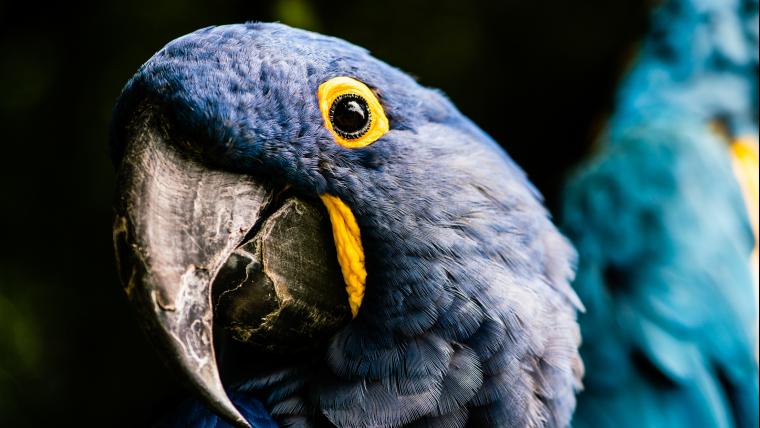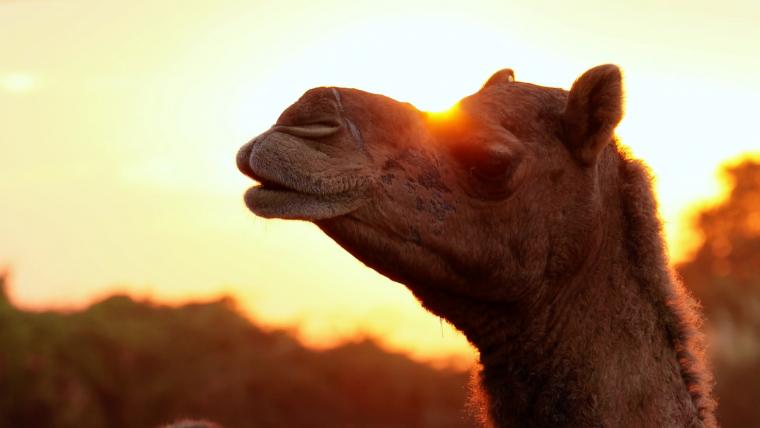
How the hyacinth macaw beat the blues
If a hyacinth macaw sits on your shoulder, expect a bit of strain. Bright, blue, and beautiful, this is the largest flying parrot species in the world. Each bird can weigh up to 1.7 kilograms and reach one metre from head to tail. Although native to South America, many have journeyed across the world due to the demand for them as pets. With a lifespan of 60 years, the birds often outlive their owners. One such creature is Juno, who now flutters peacefully among fellow parrots Francis and Gabrial in a South African sanctuary.
According to the IUCN Red List, the hyacinth macaw is vulnerable to extinction. In the 1980s, the market for them led to thousands being illegally trapped in their natural habitats, trafficked, and sold globally. Many died in transit, and the total population dropped to as low as 1 500. Thanks to dedicated conservation programmes, hyacinth macaws have recovered to approximately 6 000 worldwide. But this is a rare occurrence for birds. Recently, eight species, including the Spix’s macaw, have been confirmed as extinct or possibly extinct in the wild. Most of them come from South America, where deforestation has decimated wildlife. Together with habitat loss, the illegal pet trade still places the hyacinth macaw at risk.
While they’ve captivated people with their vivid colour and affectionate nature, the creatures deserve to spread their wings. As long as humans encroach on their territory and lives, we’ll see more disappear from the sky. But for some hyacinth macaws who live far from home, there’s still hope. Juno can spend the rest of her days at the Brainy Birds sanctuary in Johannesburg. Here, she’s safe to fly with her flock of feathered friends.






























Please sign in to leave a comment